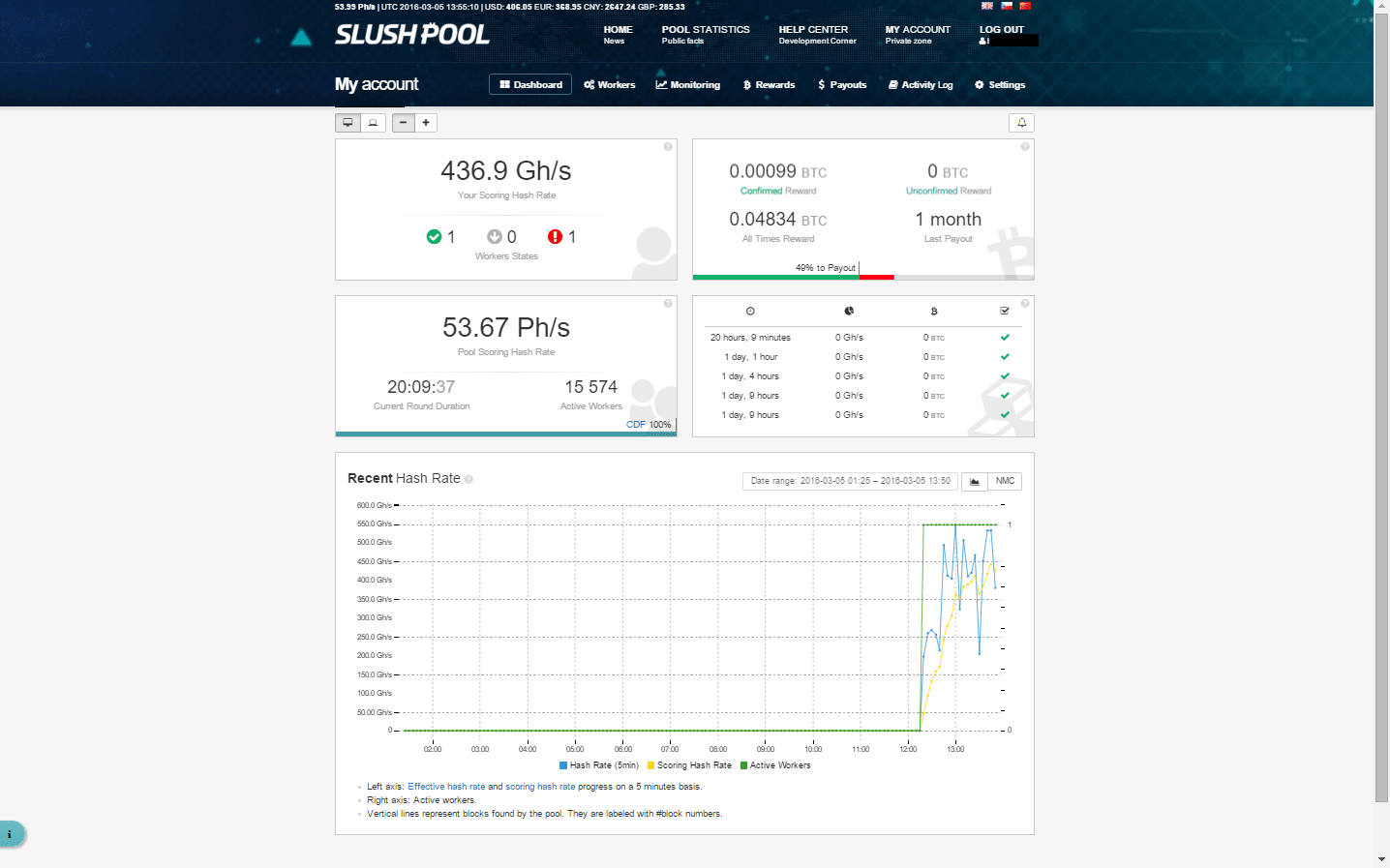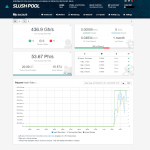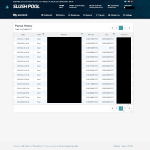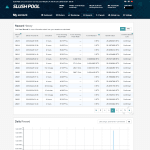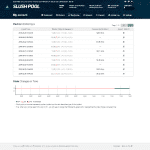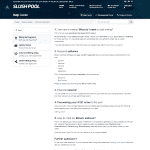May 2018 update – Since this review, Slush has continued to improve the UI of the exchange, and remains an active mining pool regularly finding multiple blocks per day.
A look at the Slush Bitcoin Mining Pool (originally published in March 2016)
Please note: This review is based on a relatively small amount of hashing, a few hundred ghs. The stats outlined in this review may not apply to larger miners. We hacked our antminer S1’s to mine nine pools concurrently, letting us run proportional power across a wide variety of mining pools. This review is part of our series of bitcoin mining pool reviews.
Slush Bitcoin Mining Pool is the original bitcoin mining pool founded in Czech Republic, which found it’s first block in January 2012, and has so far mined over 15,000 bitcoin blocks in it’s time. They currently hold about 3% of the bitcoin mining network hashing power, with servers distributed across Europe, Asia and America. They are also notable for being the original developers of the stratum protocol, which is used by most other mining pools today.
Constantly improving, they have just released a brand new interface for their miners, so we’ll have a look at them in detail. I’ve been mining on and off with them for over two years, and they act as our fallback pool when we’re not doing other bitcoin mining pool reviews.
Slush’s pool operates using a scoring system, which rewards you based on a proportion of your hashing power to the pool. It takes approximately 1.5 hours to get up to full reward, and if you stop mining around the same time to drop down to zero. If you’re looking for a PPS mining pool, a pool hopper or only mine on and off, this pool won’t suit you. The pool also merge-mines Namecoins, and charges a 2% fee for block rewards and transaction fees.
Once connected, you will see a near real-time interface that updates information and graphs, and it is very well designed and easy to understand and navigate. You can set anything over 0.0002 as a threshold, but payments under 0.01 will incur a 0.0001 fee, so you’ll probably want to set it a bit higher. Payments are prompt when you hit the threshold.
The pool itself has plenty of options with worker monitoring, good options for security including 2FA and wallet address locking, it also has the option to give a read only login token if you have someone else monitoring your mining, and a really easy to use support section. There is also a development corner, where miners can propose or respond to different pool development efforts, allowing people to vote, and combining their hashing power to see how proportional they in the pool.
With the rather controversial discussion about the fork in bitcoin, the pool also gives miners the option to have their say by voting on 1mb (bitcoin core), 2mb (bitcoin classic) or 8mb (bip100). They also have an option for those of you who don’t care to say so.
One of the main differences I’ve noticed between the pool and others we’re reviewed is that each worker will have to be set up individually with a worker name and password. The pool has changed designs several times over the last year, going from a very old interface, to a smart, clean interface that makes it stand out from many of it’s competitors. Documentation on the site is also very good, with information for newbie miners, all the way up to more complex mining setups.
So in conclusion, Slush Bitcoin Mining Pool has not let time stay still, constantly improving it’s interface to continue staying fresh in a competitive market. While many other bitcoin mining pools have come and gone in the years it’s been around, or stopped investing in their interface, it continues to add new features, with regular optional communications to keep you up to date. As long as you are mining steadily, the scoring system fairly rewards you for your power, and it’s one of the best looking mining pools. Plus they have used some of their bitcoin fees to invent and bring to market the Trezor Hardware Wallet, so they remain one of the pioneers in the bitcoin industry.

